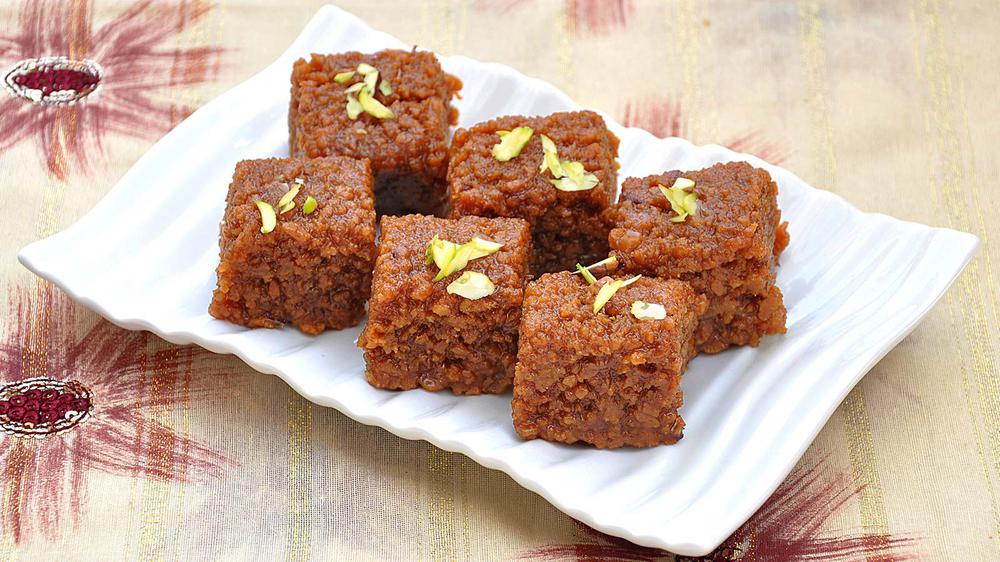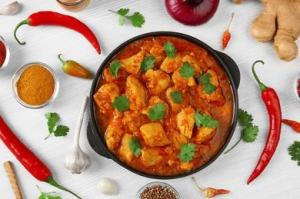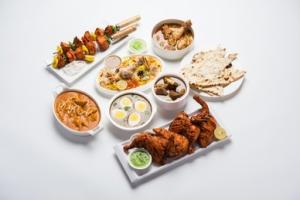Meat-based desserts are quite a strange feature in the landscape of culinary arts all over the world. It is very hard to pull off this outrageous culinary feat as it involves the bringing together of two completely uncomplimentary taste registers: the sweet and the savoury. Nonetheless, a notable leap in this direction has been taken by the illustrious khansamas (royal chefs) of Rampur. The city of Rampur was born out of a conflict in the eighteenth century between Nawab Faizullah Khan of the Rohilla dynasty and Nawab Shujauddaula of Oudh.
The Nawab of Rohilla was given the charge of four villages through the signing of a treaty enforced by the first de facto Governor-General of India, Warren Hastings. These four villages came to be called Mustafabad. With the change in time and circumstance, these villages transformed into a city we know today as Rampur. Nestled in the state of Uttar Pradesh, Rampur is distinctly known for its culture and cuisine. It is worth noting that the famous Rampur Raza Library, home to more than 12,000 rare manuscripts in Arabic, Persian, Urdu, and Turkish is also situated in this city. The Nawab ruled this region for around twenty years and during this time a great cultural ferment was initiated which benefitted among other cultural forms, the food culture of Rampur.
Many innovations were carried out here and the khansamas worked relentlessly to hone their craft. It was in Rampur where the khansamas had first pioneered the use of papaya as a meat tenderizer. Rampuri cuisine had to contend with the already established institution that was Awadhi cuisine. The Rampur khansamas created a cuisine that was distinct from the Awadhi, in texture and technique. They mastered the art of using powdered spices and ingredients like lotus seeds, khus, sandalwood, banana flowers among others. The patrons were often fooled by the taste of the dishes prepared as the khansamas had perfected the art of disguising ingredients. The gosht halwa or meat dessert is a dish that epitomizes Rampuri cuisine in its bold embrace of innovation quite like the kele ke kabab (banana kabab) and kathal ke kabab (jackfruit kabab) which originated here. It is prepared by first boiling the meat. This meat is then cooked in milk until the meat is completely soaked in it. More milk is added to further compound the effect along with dry fruits, rose water, and cardamom. Rosewater and cardamom are added to give aroma to the dish and to remove the smell of meat. This unusual and flavourful dish is a rare jewel in the crown of Rampuri cuisine.






















